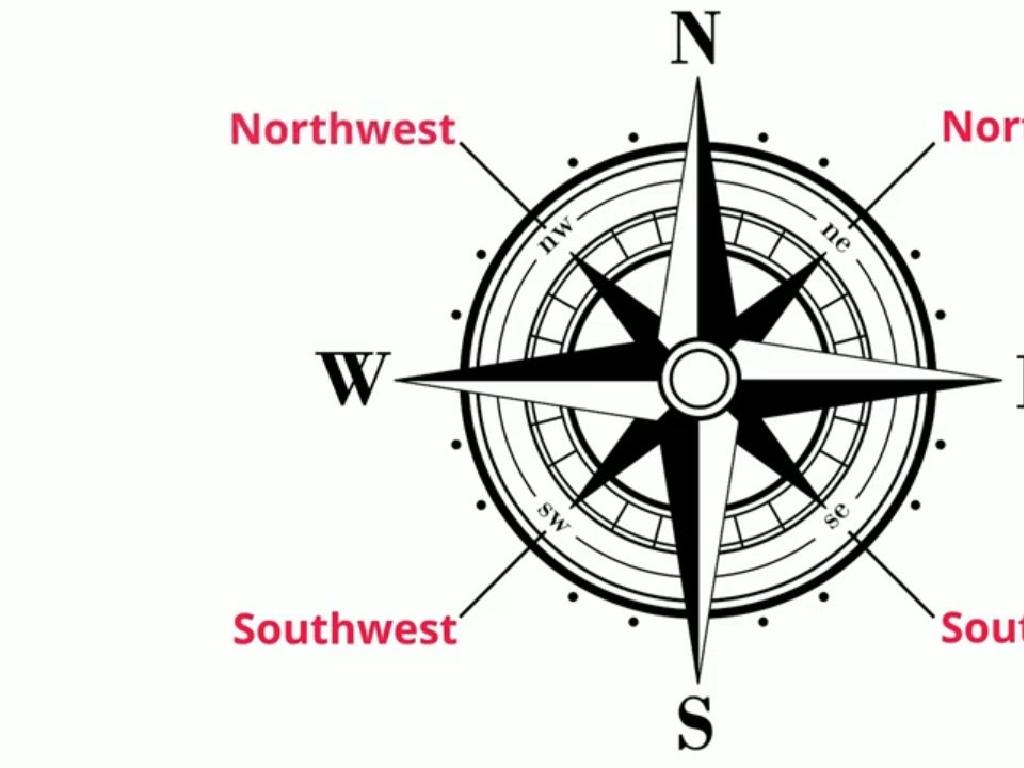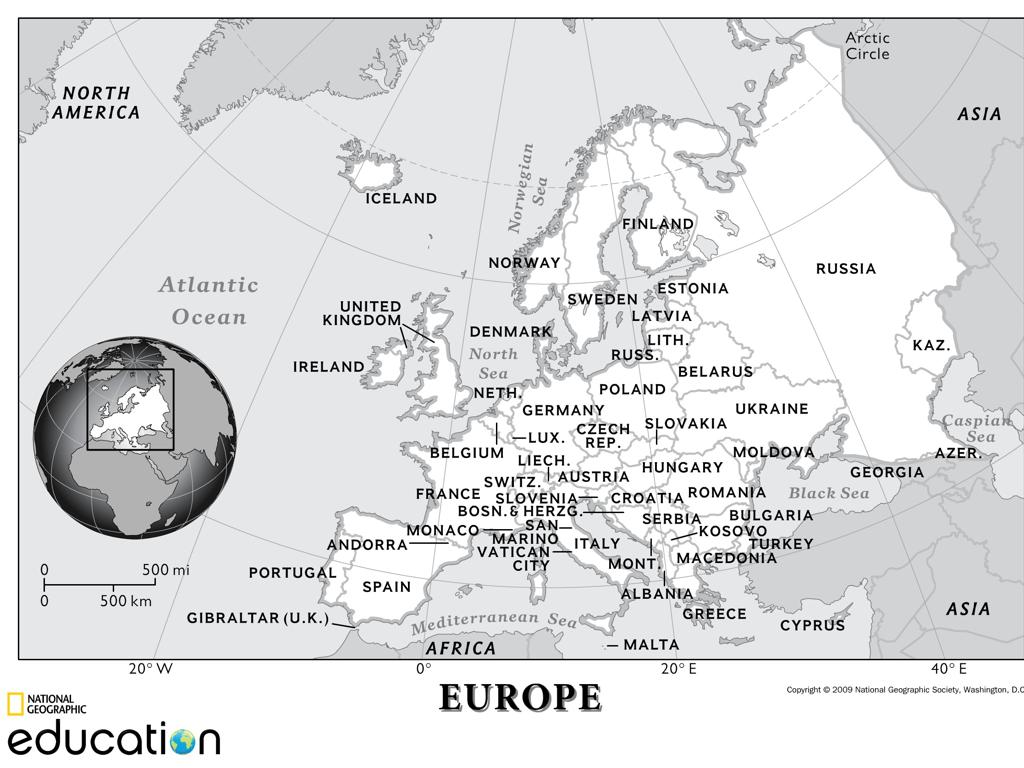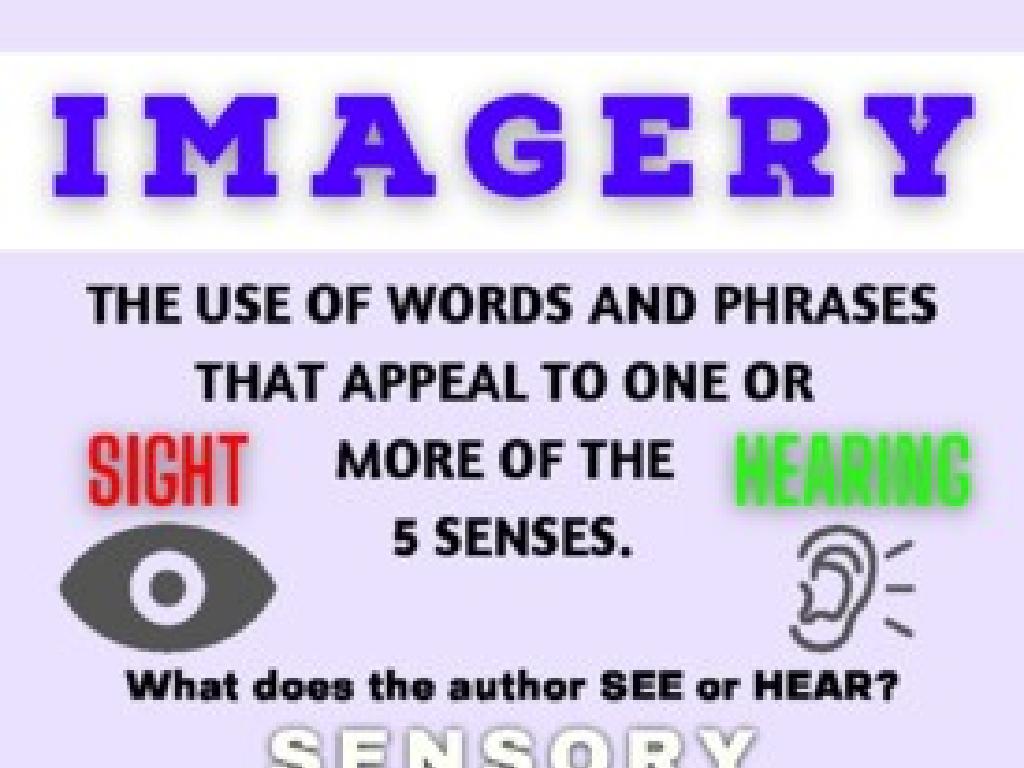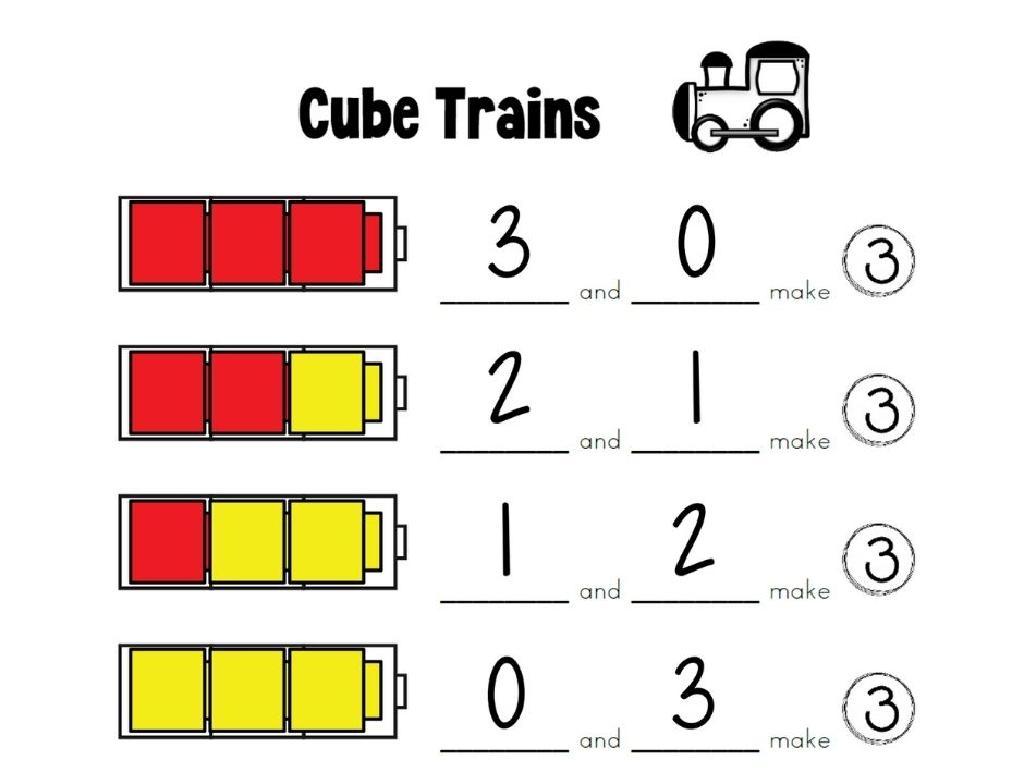State And Local Government
Subject: Social studies
Grade: Sixth grade
Topic: Government
Please LOG IN to download the presentation. Access is available to registered users only.
View More Content
State and Local Government: Our Community Leaders
– Meet your community leaders
– Who are the mayor, councilors, and others?
– Government’s role in daily life
– How laws and policies affect us every day
– State vs. local government
– Differences in responsibilities and powers
– Impact on community services
– Examples: schools, parks, public safety
|
This slide introduces students to the concept of state and local government, focusing on the people who hold leadership positions and their roles in shaping our communities. Discuss the various types of community leaders, such as mayors and council members, and their responsibilities. Highlight how government decisions impact daily life, including laws, public services, and community projects. Compare and contrast the different functions and authorities of state versus local governments. Provide relatable examples of government-provided services like education, recreational areas, and public safety measures. Encourage students to think about how these services affect their lives and the importance of government in maintaining the well-being of the community.
Exploring State and Local Government
– Define government
– A system that creates and enforces laws
– Levels of government
– Federal is national, state is regional, local is community-based
– Purpose of government
– To maintain order, provide services, and protect rights
– Focus on state and local
|
This slide introduces the concept of government and its various levels, focusing on state and local. Begin by defining government as the organization that makes and enforces laws for a community or society. Discuss the three levels of government in the United States: federal, state, and local, emphasizing the role of state and local governments in students’ daily lives. Explain the purpose of having a government, such as maintaining order, providing public services, and protecting citizens’ rights. Highlight the importance of understanding how state and local governments operate, as they are the closest to the citizens and have a direct impact on their communities. Encourage students to think of examples of services provided by their state or local government.
Understanding State Government Structure
– Branches of State Government
– Executive, Legislative, Judicial branches
– Roles of Each Branch
– Governor leads Executive; Legislature makes laws; Courts interpret laws
– Making State Laws
– Bills are proposed, debated, and voted on in the Legislature
– Checks and Balances
– Each branch has powers to check the others, ensuring balance
|
This slide provides an overview of the structure of state government, mirroring the federal government’s separation of powers. The executive branch is headed by the governor, who enforces state laws, manages state services, and carries out the policies of the state government. The legislative branch, often bicameral, is responsible for creating state laws. The judicial branch interprets the laws and decides legal disputes. Emphasize the process of how a bill becomes a law at the state level, including proposal, committee review, debate, and voting. Highlight the system of checks and balances designed to prevent any one branch from gaining too much power. Encourage students to think of questions or examples of state laws that affect their daily lives.
Local Government and Community
– Types of local government
– City, town, and county governments have distinct roles.
– Services local governments provide
– Public safety, education, and infrastructure are a few services.
– Local elections and participation
– Voting in local elections shapes our community.
– Impact on daily life
– Engaging in local issues can lead to tangible improvements.
|
This slide aims to educate sixth-grade students on the structure and significance of local government. It’s crucial to explain the different types of local government, such as city, town, and county, and their unique responsibilities. Discuss the various services provided by these governments, including public safety, education, and maintenance of local infrastructure. Emphasize the importance of local elections and how student participation, even at a young age, can have a profound impact on their community. Encourage students to think about how local government decisions affect their daily lives and the benefits of being involved in local issues.
Comparing State and Local Governments
– Similarities in government structure
– Both have executive, legislative, and judicial branches
– Differences in legislative processes
– State laws affect the whole state, local ordinances are city-specific
– Case study: Passing laws vs. ordinances
– How a state bill becomes law compared to local ordinance enactment
– Discussing the need for multiple levels
– Different levels handle various responsibilities efficiently
|
This slide aims to compare and contrast state and local governments, highlighting their similarities and differences. Begin by discussing the three branches of government that both state and local governments have. Then, delve into the legislative differences, explaining how a bill becomes a law at the state level and how ordinances are passed locally, perhaps using a specific example for clarity. Engage the class in a discussion about the importance of having different levels of government, emphasizing how it allows for more focused and effective management of various public needs and issues. Encourage students to think about how these different levels impact their daily lives and the benefits of a structured government system.
Your Role in State and Local Government
– Ways to participate locally
– Attend town meetings, join local boards
– Voting and civic engagement
– Voting is a key responsibility for citizens
– Community service benefits
– Volunteering can improve local facilities
– Impact on your neighborhood
– Positive changes create a better living environment
|
This slide aims to educate sixth-grade students on the importance of their involvement in state and local government. Emphasize that participation isn’t just for adults; young people can attend town meetings or join youth boards to learn and voice their opinions. Highlight voting as a fundamental aspect of civic engagement and discuss age-appropriate ways they can support the democratic process, like helping at polling stations. Explain how community service, such as park cleanups or food drives, directly benefits their surroundings and fosters a sense of pride and responsibility. Encourage students to think of ways they can make a difference in their community and the positive impact this has on everyone’s quality of life.
Class Activity: Create Your Own Government
– Divide into groups
– Assign a local government type
– Types: Mayor-Council, Commission, Council-Manager
– Create a government structure
– Include roles and responsibilities
– Present your government to class
|
This activity is designed to engage students with the practical aspects of state and local government structures. By dividing the class into small groups, each group is given the opportunity to explore a specific type of local government such as Mayor-Council, Commission, or Council-Manager. Students will use their creativity and understanding of government functions to create a basic structure, including defining roles and responsibilities. This hands-on experience will help them grasp the complexities and variations in local governance. After the creation phase, each group will present their government structure to the class, fostering public speaking skills and peer learning. For the teacher: Prepare a brief description of each government type to assist groups, facilitate the division of students into groups ensuring diversity, and provide materials for creating their government structures.
Conclusion: State & Local Government
– Recap state/local government structures
– Review the roles and responsibilities within state and local governments.
– Importance of informed citizenship
– Understanding government helps us make better decisions as citizens.
– Homework: Community contribution
– Write about ways to actively participate in your local community.
|
As we wrap up our lesson on state and local government, it’s crucial for students to understand the structure and functions of these government levels. Emphasize the importance of being informed about how government works, as this knowledge empowers them to participate actively in their communities. For homework, students will reflect on their role in the community by writing a paragraph on how they can contribute positively. This exercise will help them think critically about civic engagement and the impact they can have locally. Encourage creativity and personal reflection in their responses.






